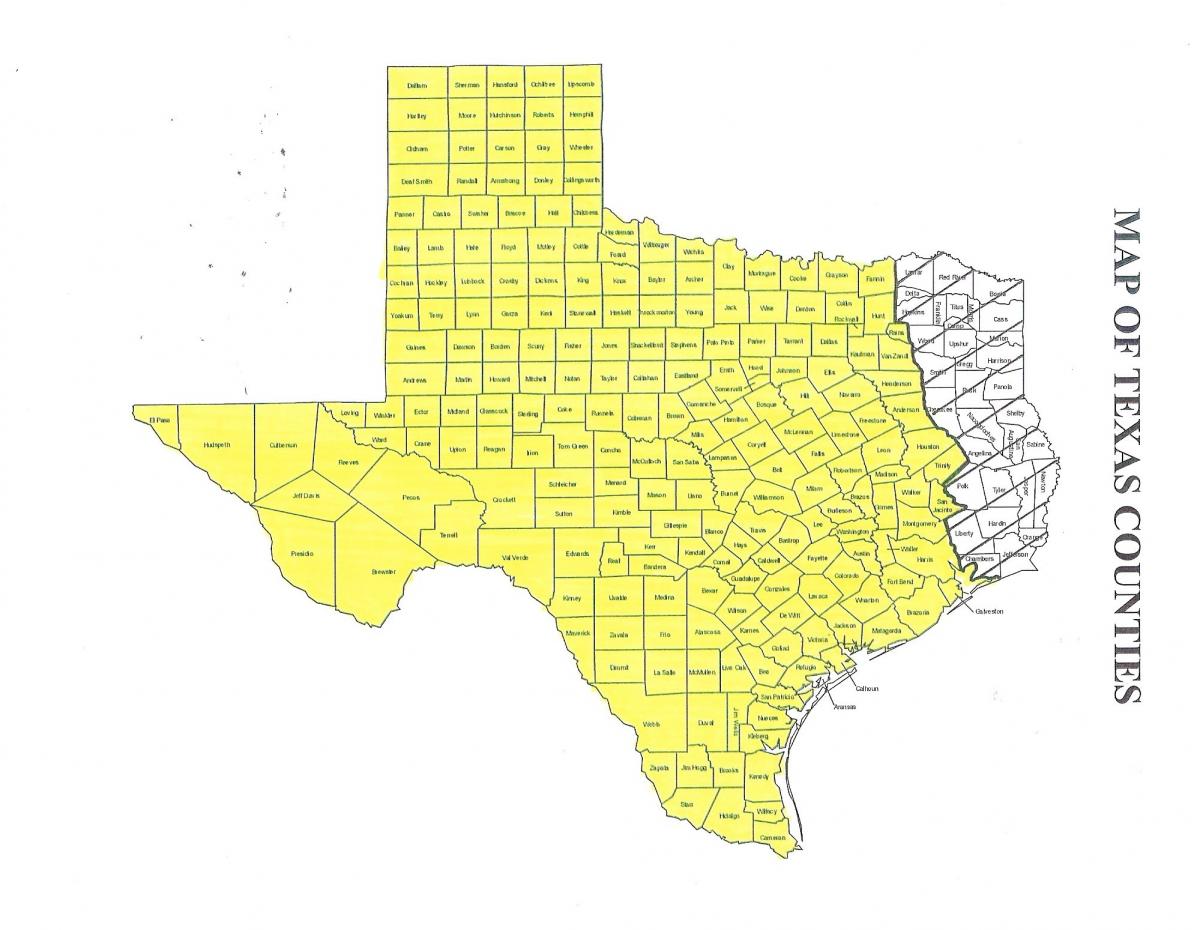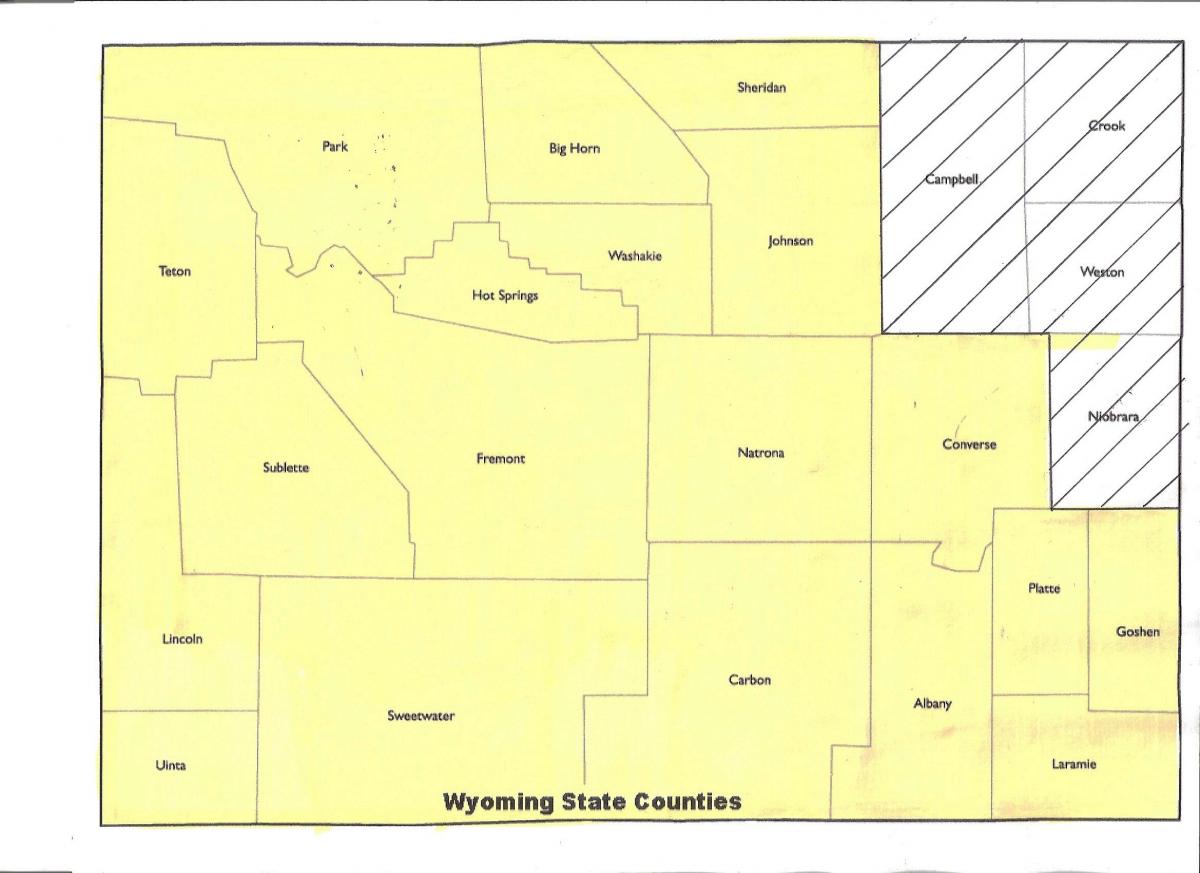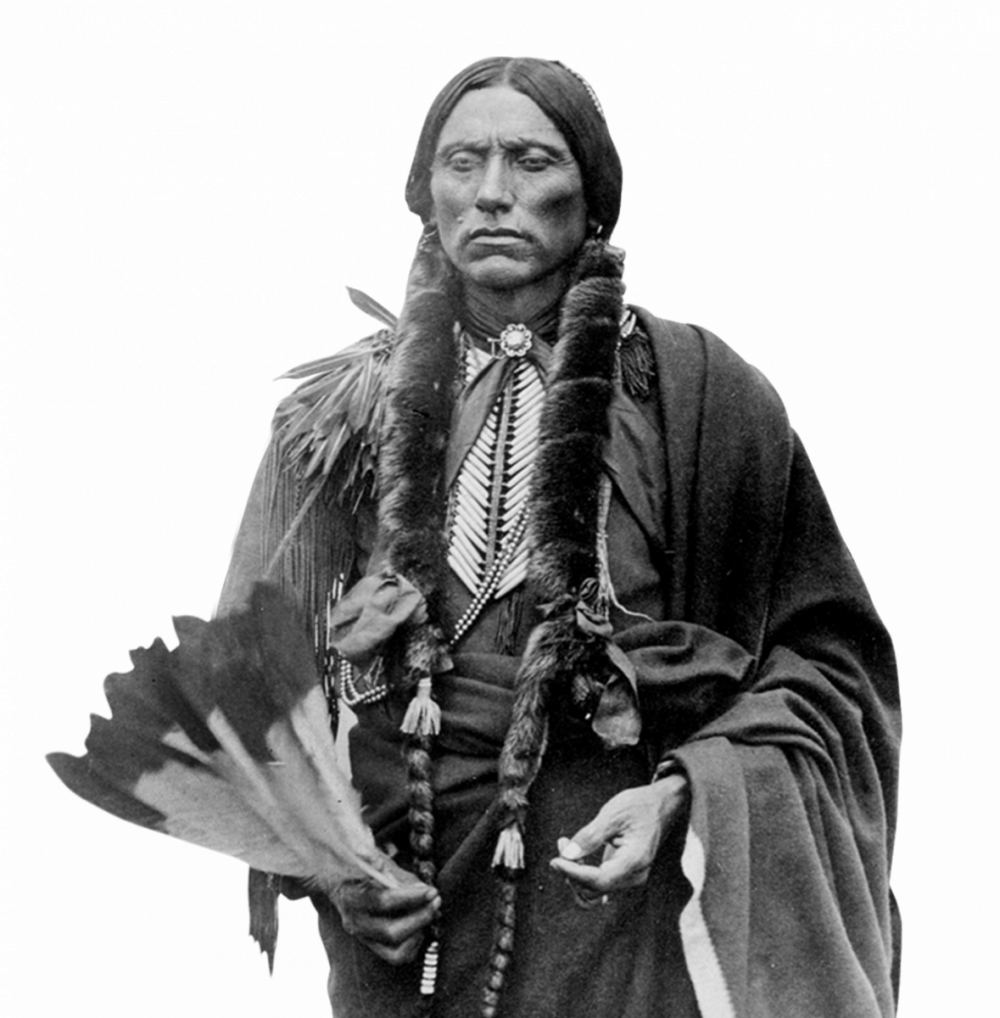The dusty winds sweeping across the Oklahoma plains whisper tales of a time when the land itself was a canvas of strategy, a living map etched in the minds of the most formidable cavalry in North American history: the Comanche Nation. To truly grasp the essence of Comanche historical warfare maps is not to seek parchment scrolls or meticulously drawn lines, but to immerse oneself in the very heartland they dominated and to experience the interpretive centers that strive to convey their unparalleled territorial mastery. My journey led me directly to the Comanche Nation Museum and Cultural Center in Lawton, Oklahoma, a place that serves not merely as a repository of artifacts, but as a profound portal into the strategic mind of an unconquered people.
Upon arrival, the museum’s architecture, blending modern design with subtle nods to traditional Comanche structures, immediately sets a reverent tone. This isn’t a flashy tourist trap; it’s a dedicated institution committed to preserving and sharing a complex, powerful history. The "basa-basi" (small talk) ends at the doorstep; here, the story begins with a profound sense of purpose. My quest was to understand "Comanche historical warfare maps," and what I discovered was far more nuanced and powerful than any static cartography could ever convey.
The very concept of a "map" for the Comanche was fundamentally different from the European understanding. For a nomadic, horse-based empire, their maps were not drawn on paper but memorized in vivid detail, passed down through oral tradition, encoded in songs, and understood through an intimate, almost spiritual connection to the land. Their "maps" were a comprehensive, internalized cartography of water sources, buffalo migration routes, seasonal grazing lands, defensible positions, ambush points, and the movements of allies and enemies across a vast territory known as Comancheria. This empire, at its zenith, stretched from the Arkansas River in Colorado south to the Rio Grande in Texas, and from eastern New Mexico to the Cross Timbers of Oklahoma.
The museum masterfully interprets this conceptual mapping. Instead of a single exhibit titled "Comanche Warfare Maps," the entire center becomes an exploration of the elements that constituted their strategic genius. Dioramas showcase the breathtaking speed and agility of Comanche warriors on horseback, depicting a fluidity of movement that rendered static defensive lines obsolete. Artifacts – lances, bows, war shields made of hardened buffalo hide, and intricately beaded clothing – are not just beautiful objects; they are testaments to a practical, efficient, and lethal warrior culture. Each item, meticulously displayed, tells a story of adaptation, innovation, and unwavering resolve.

One section powerfully illustrates the Comanche’s unparalleled horsemanship. They were, without exaggeration, the finest light cavalry the world had ever seen, transforming the horse from a beast of burden into an extension of the warrior’s will. Their ability to ride bareback, shoot arrows with incredible accuracy at full gallop, and execute complex maneuvers like hanging off the side of a horse for cover, was their primary strategic advantage. This wasn’t just skill; it was a deeply ingrained understanding of terrain and movement – a kinetic map in action. The museum conveys this through vivid imagery, detailed historical accounts, and even life-sized models that bring the ferocity and elegance of their warfare to life.
The "maps" become evident in the museum’s portrayal of Comancheria itself. Large topographical displays, though modern, serve to illustrate the sheer scale of the territory the Comanche controlled and understood. Here, the visitor can trace the rivers, mountain ranges, and plains that formed the arteries and bones of their empire. The strategic importance of landmarks like the Wichita Mountains, the Red River, and the Llano Estacado (Staked Plains) becomes clear. These weren’t just features on a landscape; they were tactical advantages, hiding places, hunting grounds, and borders of a fiercely defended domain. The museum’s narratives highlight how the Comanche utilized every fold in the land, every change in vegetation, every waterhole, as a data point in their internal navigational and tactical systems.
For instance, the exhibit on buffalo hunting, while seemingly unrelated to warfare, reveals a crucial aspect of their strategic mapping. The immense herds of buffalo were their lifeblood, providing food, shelter, tools, and clothing. Their knowledge of buffalo migration patterns was a critical "map" for survival, and the same intimate understanding of animal behavior and environmental cues was applied to tracking human adversaries or predicting their movements. A successful hunt required precise timing, deep knowledge of the land, and coordinated effort – all elements directly transferable to military strategy.
The museum also sheds light on the devastating effectiveness of Comanche raids. Their ability to appear seemingly out of nowhere, strike with lightning speed, and vanish back into the vastness of the plains baffled and terrified their enemies – from the Spanish and Mexicans to other Native American tribes and eventually the American military. This wasn’t magic; it was the result of their "living maps." They knew every hidden trail, every shadowed ravine, every secret spring. They moved with an efficiency and stealth that spoke volumes about their internalized geographical knowledge. Their "warfare maps" were routes of conquest and evasion, etched not on paper, but in the memories of generations of warriors.

Oral histories, presented through video and audio recordings, are perhaps the most direct link to these living maps. Elders recount stories of ancestors, of battles fought, of journeys across vast distances. These narratives are rich with geographical markers, descriptions of terrain, and the precise conditions under which events took place. Listening to these accounts, one understands that the land itself was the archive, and the stories were the key to unlocking its strategic secrets. The museum ensures that these voices are heard, providing an authentic, first-person perspective on the Comanche way of life and warfare.
Moreover, the museum doesn’t shy away from the brutal realities of the Comanche’s conflicts. Exhibits detail their encounters with various powers, showcasing their strategic adaptability. They learned quickly from their adversaries, adopting firearms and metallurgy when advantageous, but always maintaining their core strength in horsemanship and knowledge of the terrain. The narrative progresses to the eventual, tragic decline of Comancheria, not due to being outsmarted on the battlefield, but due to relentless pressure, disease, and the systematic destruction of their primary resource, the buffalo. Even in defeat, the stories convey the resilience and strategic brilliance that marked their history. The "maps" of their ancestral lands, though no longer under their sole control, remained deeply ingrained in their cultural memory.
Visiting the Comanche Nation Museum and Cultural Center is not just an educational trip; it’s an immersive experience that redefines one’s understanding of indigenous warfare and territorial control. It forces a critical re-evaluation of what constitutes a "map" and how knowledge of geography can be the ultimate weapon. You walk away with an immense respect for the Comanche’s strategic genius, their deep connection to the land, and their unwavering spirit.
For any traveler seeking a profound understanding of American history, indigenous cultures, and the art of warfare, this museum is indispensable. It directly addresses the "Comanche Nation historical warfare maps" not as physical objects to be observed, but as a holistic, living system of knowledge that allowed a relatively small nation to dominate an empire larger than many European countries for over a century. It is a journey into the heart of Comancheria, guided by the echoes of thundering hooves and the whispers of the plains, revealing a sophisticated strategic mind that shaped the very landscape of the American West. This is not a place for idle curiosity; it is a pilgrimage to the source of an enduring legacy of strength and wisdom. The maps are here, not on paper, but in the very air you breathe and the stories you hear.


